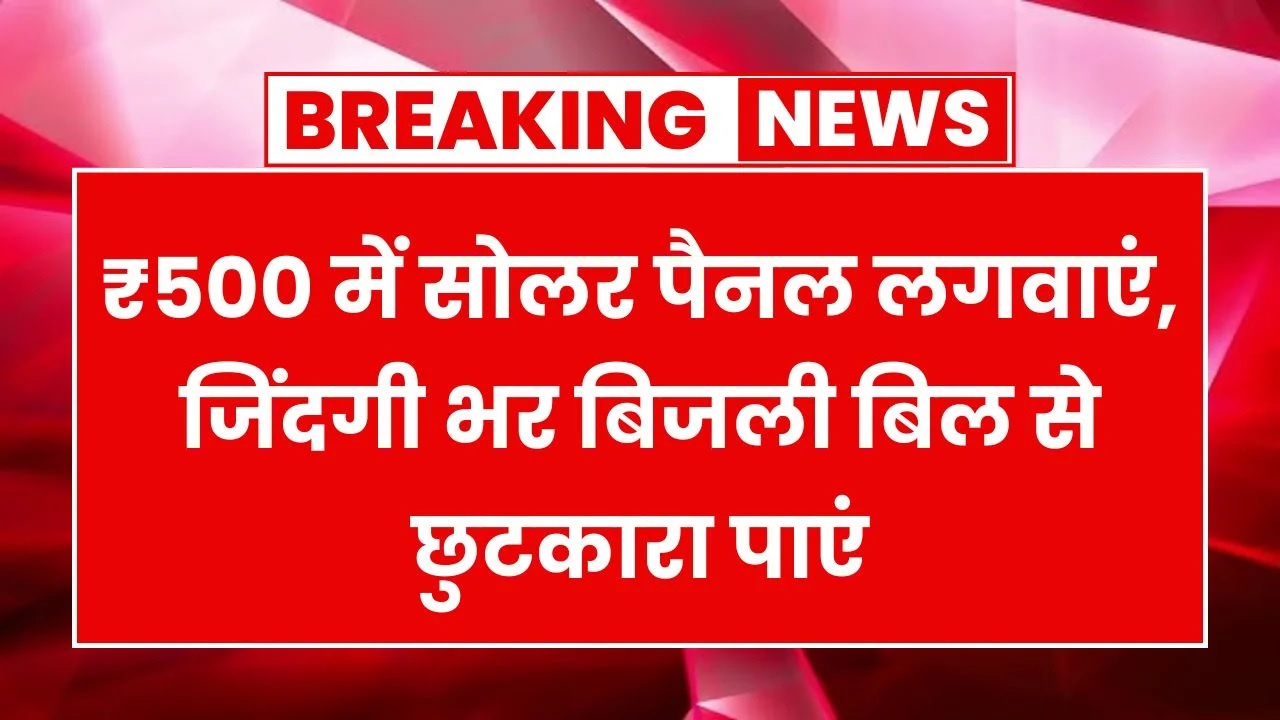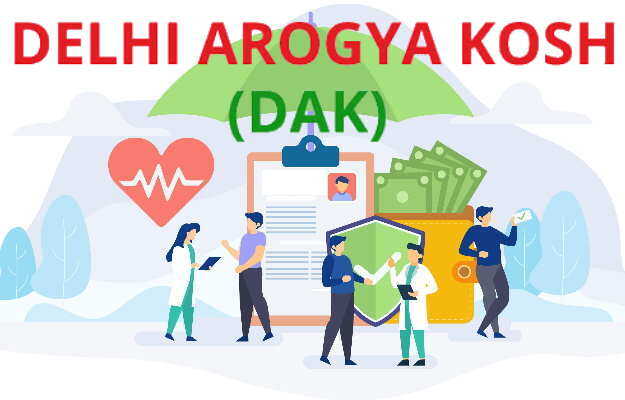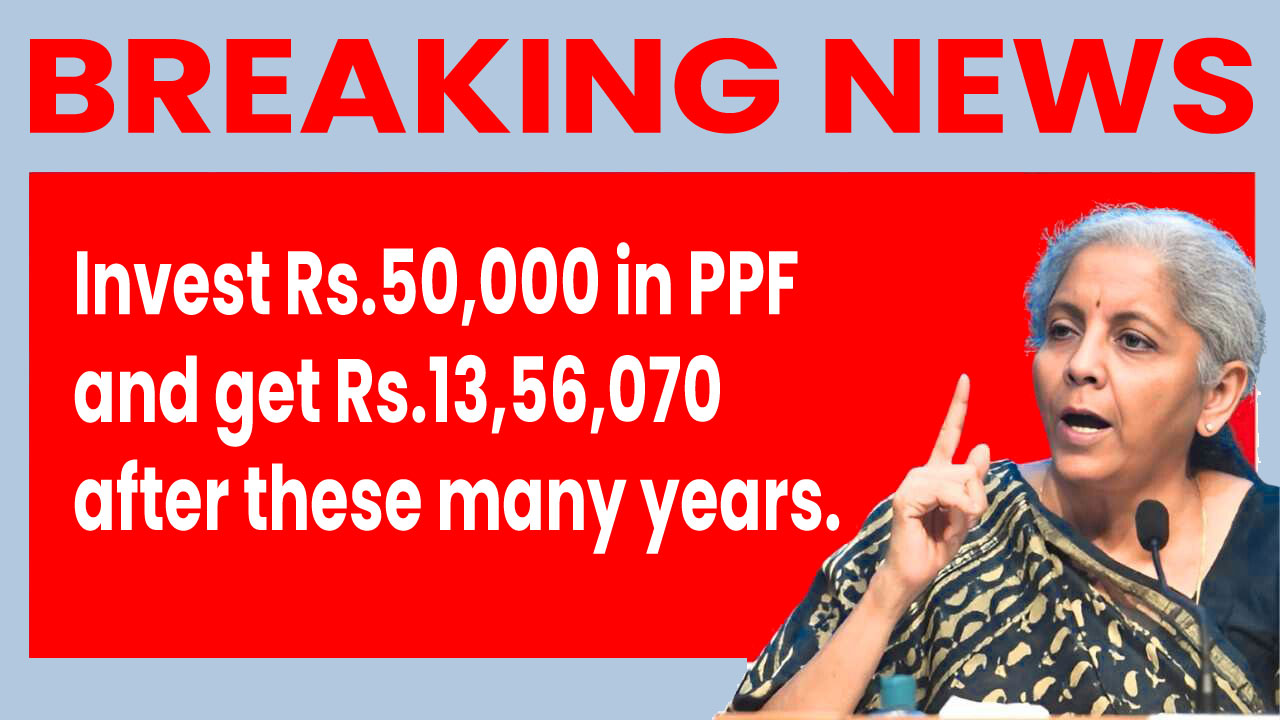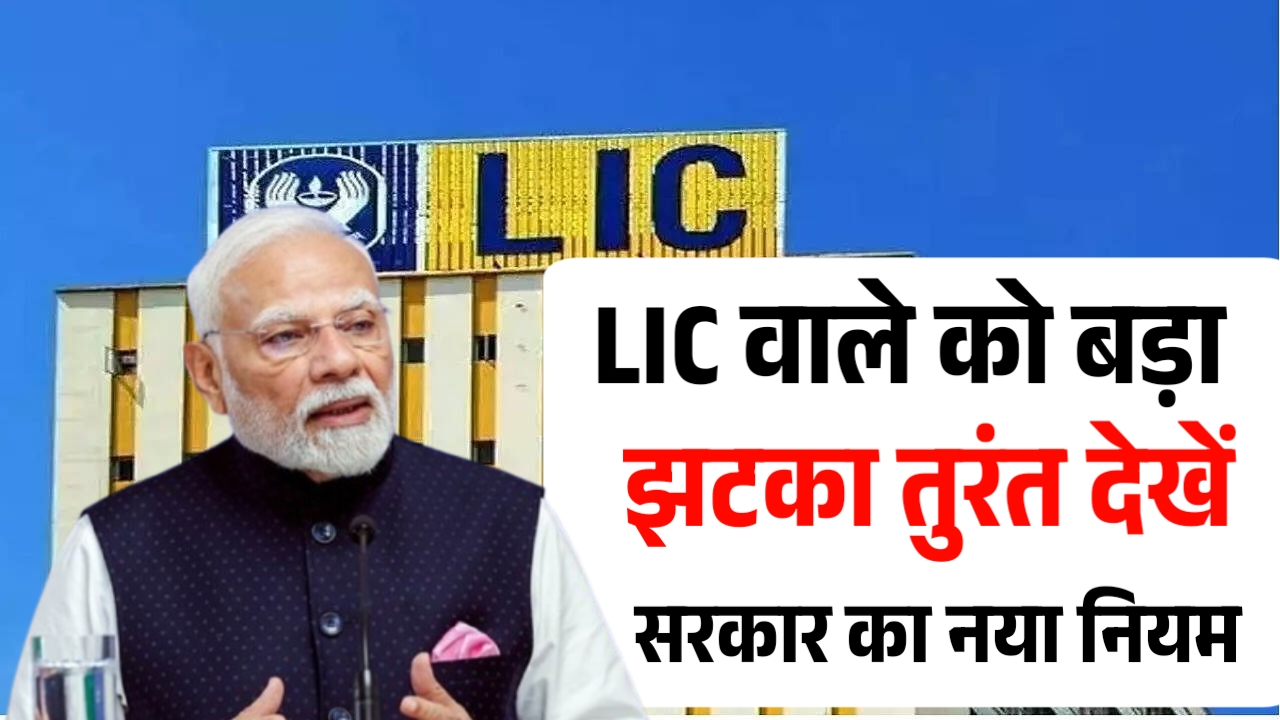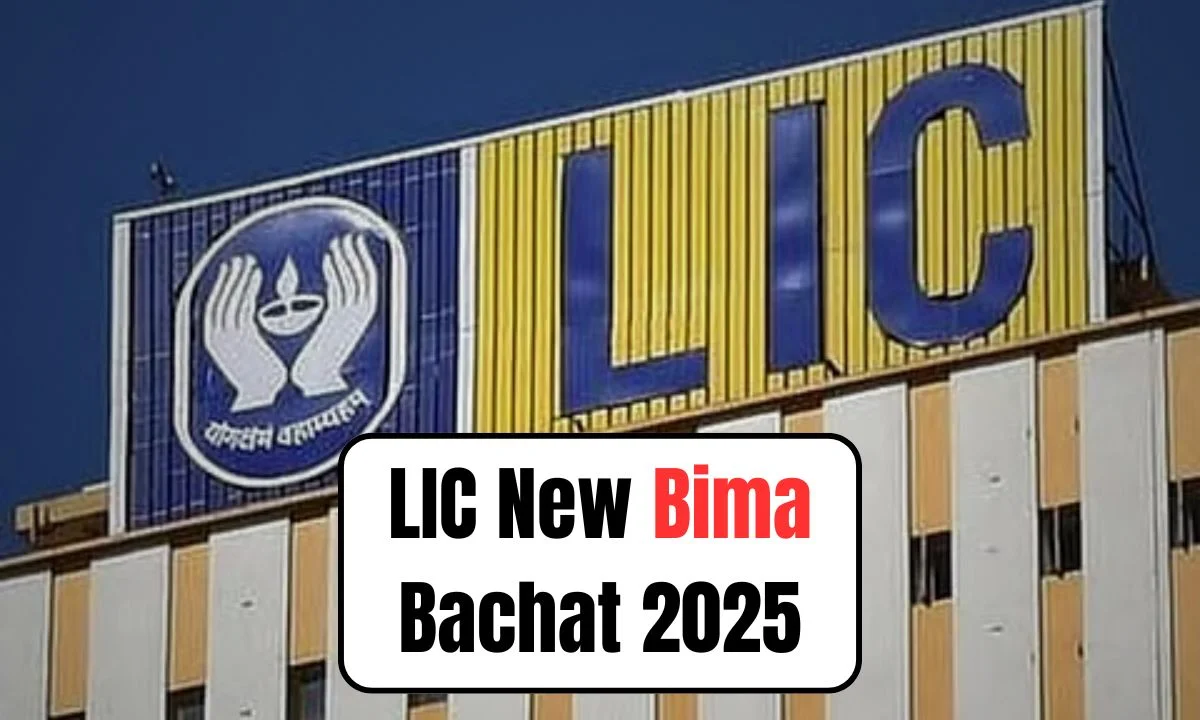What if we told you that for just ₹500, you could install a solar panel system at home and get rid of electricity bills for life? Sounds too good to be true, right? Well, thanks to the Indian Government’s Solar Panel Subsidy Scheme, this is now a reality for millions of households across India.
With the rapid push towards renewable energy, the government is offering huge subsidies under the PM Surya Ghar Muft Bijli Yojana, enabling homeowners to install rooftop solar systems at a minimal cost. This scheme not only helps households become energy independent but also reduces the carbon footprint, making it a win-win for both individuals and the environment.
What is the Solar Panel Subsidy Yojana?
The Solar Panel Subsidy Yojana (also known as PM Surya Ghar Yojana) is a central government initiative aimed at encouraging Indian households to adopt rooftop solar energy systems by offering financial subsidies.
Under this scheme:
- The government covers up to 60% to 80% of the cost of installing solar panels.
- Some households may need to pay as little as ₹500 to ₹2000 as an initial contribution.
- The remaining cost is borne through direct subsidy support to vendors or through government grants.
Key Benefits of the ₹500 Solar Panel Scheme
⚡ 1. Lifetime Free Electricity
Once installed, solar panels can last 25+ years, providing free electricity from sunlight and reducing your dependency on the grid.
💸 2. Massive Savings on Electricity Bills
Households can save between ₹1000 to ₹3000 per month, depending on their consumption. That’s up to ₹36,000/year!
🌿 3. Eco-Friendly
Solar energy is 100% clean and renewable. You reduce your carbon footprint and contribute to a greener India.
🏠 4. Increase in Property Value
Homes with solar panel systems are seen as modern and sustainable, increasing property resale value.
💰 5. Government Support
The government provides direct subsidies, so you don’t have to wait for reimbursements.
PM Surya Ghar Muft Bijli Yojana 2024 – At a Glance
| Feature | Details |
|---|---|
| Scheme Name | PM Surya Ghar Muft Bijli Yojana |
| Launched By | Government of India |
| Applicable For | Residential homes across India |
| Subsidy Amount | Up to 80% of solar panel cost |
| Initial Cost to Homeowners | As low as ₹500 – ₹2000 |
| Capacity Supported | 1kW to 3kW systems (and more) |
| Monthly Free Power Limit | Up to 300 units/month |
| Lifespan of Solar Panels | 25 to 30 years |
| Application Mode | Online via portal |
| Official Website | https://pmsuryaghar.gov.in |
How Does the ₹500 Solar Panel Scheme Work?
Let’s understand how someone can install a solar panel by paying just ₹500:
- Choose a Solar Panel Vendor
- The government has a list of approved vendors under the scheme.
- Apply for the Scheme
- You fill out an application online or via vendor assistance.
- Eligibility Check
- Your application is verified for household income, house ownership, and rooftop space.
- Installation
- Upon approval, a vendor installs the solar system.
- You contribute a small fee (as low as ₹500 for 1kW systems).
- Subsidy Disbursement
- Government pays the rest of the cost directly to the vendor.
Eligibility Criteria for the Solar Panel Subsidy Scheme
To benefit from this scheme, the applicant must:
- Be a resident Indian citizen.
- Own a house with a suitable rooftop.
- Not have claimed solar panel subsidy previously.
- Monthly electricity consumption should be within reasonable limits (under 300 units in most states).
- Income certificate may be required in some states.
Documents Required
When applying for the ₹500 solar panel scheme, you may need:
- Aadhaar Card
- Proof of residence (electricity bill, ration card, etc.)
- PAN Card
- Bank Account Details
- Recent passport-size photograph
- Proof of property ownership
- Income certificate (if applying under BPL/low-income category)
Real-Life Example – How Much You Save
Let’s take an example of a middle-class family in Uttar Pradesh with an average power bill of ₹1800/month.
Without Solar Panel
- Monthly Bill: ₹1800
- Yearly: ₹21,600
- 25 Years: ₹5.4 Lakh (approx)
With Solar Panel (₹500 Scheme)
- Initial Cost: ₹500 (after subsidy)
- Monthly Bill: ₹0 (up to 300 units covered)
- Yearly Savings: ₹21,600
- 25 Years Savings: ₹5.4 Lakh
Total Net Benefit: ₹5.4 Lakh for just ₹500!
How to Apply for ₹500 Solar Panel Subsidy Yojana
You can easily apply for the scheme by following these steps:
🖥️ Step 1: Visit Official Website
Go to the official portal:
👉 https://pmsuryaghar.gov.in
📝 Step 2: Register as a Consumer
Fill in your basic details – name, address, electricity connection number, and state.
✅ Step 3: Upload Documents
Upload required documents like Aadhaar, PAN, electricity bill, etc.
🔍 Step 4: Wait for Approval
The application will be verified by authorities. You will be notified via SMS or email.
🔧 Step 5: Panel Installation
Upon approval, the vendor installs the panel and sets up net metering.
💡 Step 6: Start Saving
Enjoy free electricity every month and save money for years!
State-Wise Subsidy Details
Subsidy amounts and eligibility may slightly vary by state. Here’s a quick glance:
| State | Subsidy % | Special Offer |
|---|---|---|
| Uttar Pradesh | 80% | ₹500 installation for BPL families |
| Rajasthan | 70% | Free solar setup in select districts |
| Maharashtra | 60% | Loans available for balance amount |
| Gujarat | 80% | Free maintenance for 5 years |
| Delhi NCR | 75% | Free net-metering support |
| Tamil Nadu | 70% | Easy approval through TNEB |
Common Myths & Facts
| Myth | Reality |
|---|---|
| Solar panels are very costly | With subsidies, cost is as low as ₹500 |
| You need a lot of space | A 1kW system needs just ~10 sq. meters of rooftop |
| Panels don’t work on cloudy days | They still generate power, though slightly reduced |
| Installation is complicated | Approved vendors handle everything |
| Maintenance is expensive | Minimal maintenance required; panels last 25+ years |
Expert Tips Before Installing
- ✅ Check rooftop direction – South-facing rooftops get maximum sunlight.
- ✅ Verify vendor credentials – Only go with government-approved vendors.
- ✅ Monitor performance – Use mobile apps or smart meters for tracking.
- ✅ Ensure net metering – Helps feed excess power back to the grid for credit.
- ✅ Clean panels regularly – Dust can reduce efficiency by up to 20%.
Conclusion
The Solar Panel Subsidy Scheme (₹500 scheme) is a game-changer in India’s mission towards clean energy and financial savings. With just a small investment, homeowners can become power producers, cut their electricity bills, and contribute to the environment.
If you’ve been worried about high energy costs, this is your chance to take control. Whether you’re from a small village or a big city, this scheme ensures energy security at the lowest cost ever.
✅ FAQs
❓ Can anyone get solar panels for ₹500?
Only eligible households, especially in rural or low-income segments, can access this rate. Others may pay slightly more depending on state subsidy.
❓ Do solar panels work during power cuts?
Yes, but only if you have battery backup or a hybrid inverter system.
❓ Is maintenance costly?
Not at all. Occasional cleaning and basic inspection are enough. No major running costs.
❓ Can I sell excess electricity?
Yes, through net metering, you can send surplus power to the grid and get credit.

